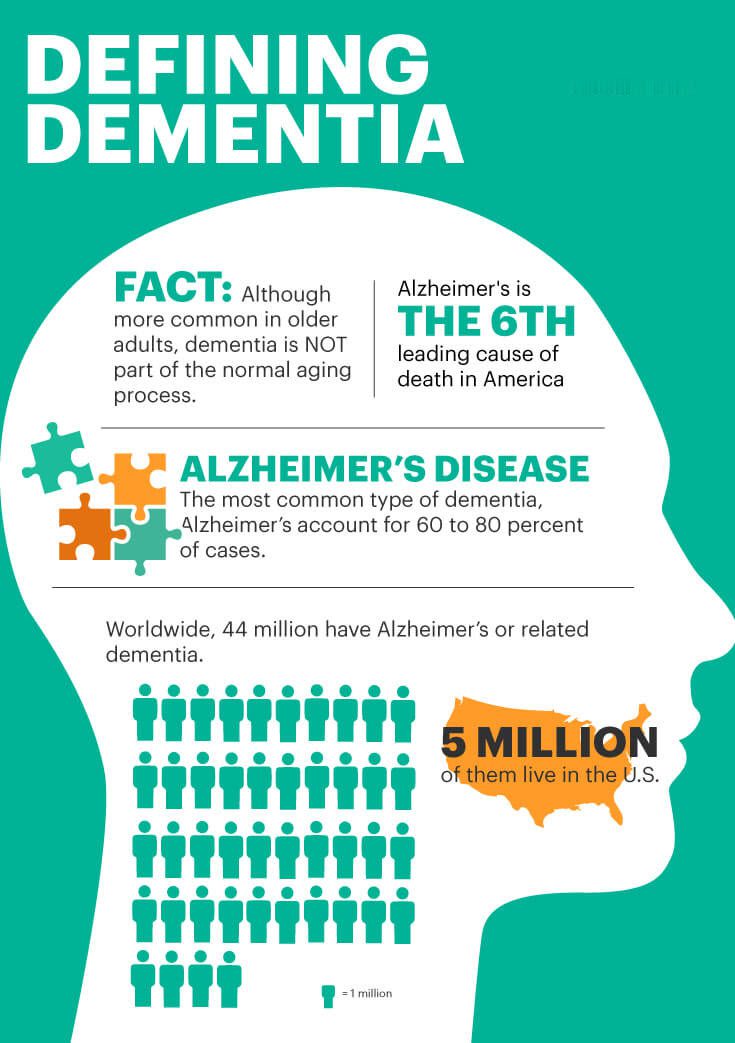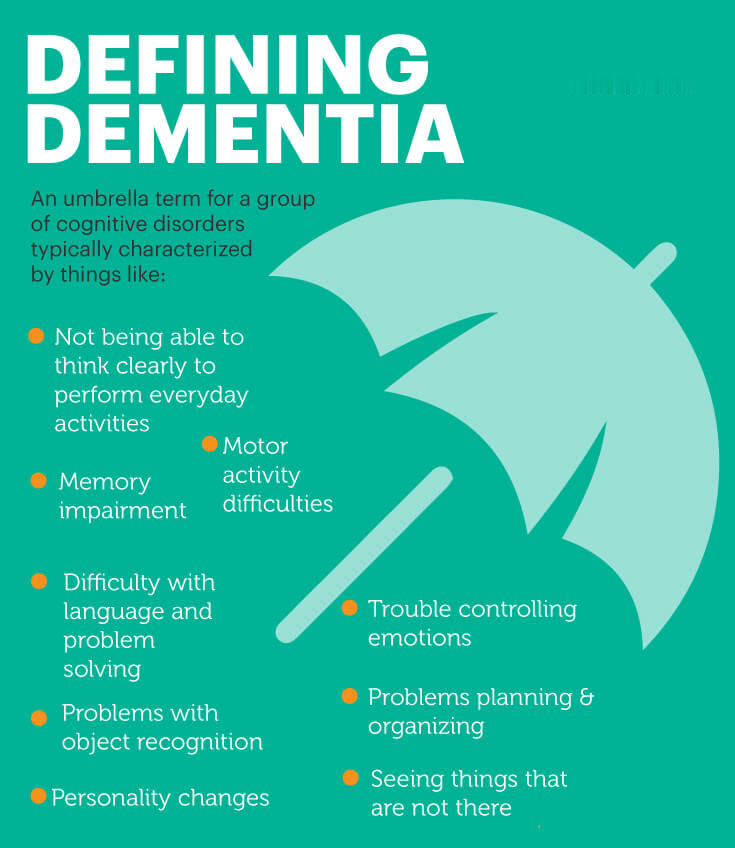
8 Surprising Ways to Lower Dementia Risk
Dementia encompasses various conditions affecting the brain, including Alzheimer’s disease, Lewy body dementia, and vascular dementia following stroke. With over five million Americans living with Alzheimer’s, many of us know someone affected by this condition.
The symptoms—memory loss, language difficulties, personality changes, emotional instability, and impaired problem-solving—can be devastating to witness. While dementia risk increases with age, it’s essential to understand that it’s not a normal part of aging.
As demonstrated by Pat Summitt’s early-onset Alzheimer’s diagnosis at 59 and subsequent death at 64, dementia can affect younger individuals too.
Promising Research and Prevention Strategies
Recent research published in the journal Aging shows encouraging results using personalized approaches, including diet and exercise, that reversed Alzheimer’s symptoms in some cases. The improvements were so significant that many participants resumed working.
According to a 2017 Lancet report, approximately 35% of dementia cases could potentially be delayed or prevented by addressing nine modifiable risk factors7:
-
Limited early education
-
Midlife hypertension
-
Obesity
-
Traumatic brain injury
-
Late-life depression
-
Smoking
-
Physical inactivity
-
Diabetes
-
Social isolation
Additional Evidence-Based Prevention Strategies
1. Maintain Vision and Hearing Health
Recent research has identified untreated vision loss in later life as a significant risk factor for dementia. Similarly, hearing loss is linked to cognitive decline. Using hearing aids when needed and protecting your ears from excessive noise can reduce risk.
2. Monitor Cholesterol Levels
High low-density lipoprotein (LDL) cholesterol in mid-life has been newly identified as a risk factor for dementia. Managing cholesterol through diet and medication when necessary may help protect brain health.
3. Adopt a Brain-Healthy Diet
Evidence suggests that heart-healthy foods also benefit brain health. Focus on:
-
Variety of fruits and vegetables
-
Reduced saturated fats
-
Lean proteins, including fish, poultry, and plant-based options
-
Healthy unsaturated fats from olive, canola, and other plant oils
-
Foods rich in omega-3 fatty acids
4. Exercise Your Brain
Regular mental stimulation helps protect against cognitive decline. Beneficial activities include:
-
Pursuing creative hobbies like painting, woodworking, or writing
-
Completing puzzles and word games
-
Learning new skills such as dancing, playing an instrument, or speaking another language
-
Engaging in cultural activities like theater, museums, and concerts
5. Stay Physically Active
Even modest amounts of physical activity, including walking, protect brain health. Aim for at least 30 minutes of moderate-intensity activity most days. Exercise reduces the risk of heart disease and stroke, both associated with increased dementia risk.
6. Reduce Exposure to Environmental Toxins
Growing evidence links air pollution to cognitive decline and dementia. Improvements in air quality appear to reduce dementia risk12. Similarly, early-life exposure to toxins like lead and other chemicals may contribute to ADHD and potentially affect long-term brain health.
7. Prioritize Quality Sleep
Poor sleep is associated with cognitive issues. Establishing good sleep habits and addressing sleep disorders may help protect brain function.
8. Consider Multifaceted Approaches
The most effective prevention strategies are multifaceted and individually tailored. A combination of these approaches likely offers the most excellent protection against dementia.
By implementing these evidence-based strategies, you can take meaningful steps toward reducing your dementia risk and maintaining brain health throughout life
Beware of Low Vitamin D Levels
In 2015, U.K. scientists published a Neurology analysis suggesting that folks severely vitamin D deficient (less than ten ng/mL) face a 122 percent increased danger of dementia.
People who were only “deficient” (less than twenty ng/mL) experienced a fifty-one % higher risk of all-cause dementia. (Note, some vitamin D test results are available in nmol/L form, so a transformation to ng/mL could be necessary.)
Question your physician for a 5-hydroxyvitamin D or 25(OH)D blood test to determine your baseline vitamin D levels. Make sure to get the real test result number, also.
The test might be described as “normal” if it is above thirty ng/mL. Still, the reality is many functional medicine medical doctors, and researchers think minimum levels of sixty or perhaps even eighty ng/mL are needed to avoid many health complications.
When you know the levels, you can improve vitamin D, if necessary, by receiving sensible sun exposure and working vitamin D-rich foods into the diet. Should you have to supplement, be sure that it is together with the vitamin D3 form that is much more found in your body than D2.
Be a Stickler for Good Oral Health
Looking after your gums and teeth also helps protect the mind.
A great study checking out the dental habits of approximately 5,500 seniors more than eighteen years found a powerful link between folks with bad dental hygiene as well as the improvement of Alzheimer’s illness.
Those who reported brushing their teeth below one per day were a maximum of sixty-five % more prone to develop dementia than folks who brushed two times a day.
The study author observed that gum disease bacteria might find their way to the brain, triggering an inflammatory process that causes brain injury.
In addition to brushing your teeth, the Ayurvedic method of oil pulling with coconut oil may also improve oral hygiene. Whether you believe it or not, you can reverse cavities naturally by eating a diet.
Walk 3 Times a Week
A 2017 study analyzed vascular cognitive problems, the following most common form of dementia worldwide, and how exercise affects patients.
In brain scan studies, folks with vascular cognitive impairment show improved neural activity in the brain’s aspects associated with memory, decision-making, and attention. This means their brains must work more challengingly than healthier brains.
To find out if exercising could help the brain work less, researchers recruited thirty-eight seniors who had been identified with a gentle, early type of vascular cognitive problems. None worked out at the moment.
Researchers assessed participants’ brain activity and, after that, started the exercise regimen: 3 supervised one-hour sessions a week.
Supervisors instructed individuals to move briskly enough to increase their heart rates to approximately sixty-five % of the maximum capacity.
By the study’s conclusion, walkers generally had reduced blood pressures than the management team. Additionally, their brains have been working differently.
The walkers’ brains showed less exercise in the human brain’s areas necessary for attention and quick decision-making.
A 2018 study more confirmed this by examining whether cardiovascular fitness in middle-aged females decreased dementia risk.
The study examined Swedish females aged 38 to sixty. It revealed that females who participated in high physical fitness delayed dementia by a minimum of 5 years compared to those who participated in moderate fitness.
The results concluded that general participation in cardiovascular health might aid in stopping dementia.
From these reports, we can conclude that walking and overall cardiovascular focused exercises improved thinking skills and brain function
even though several more issues are being answered around the connection between dementia and physical exercise, taking a stroll around the block looks like a practical first step to a great brain.
Dementia Risk Factors and Root Causes
Risk Factors
The purpose of this material is to explain dementia risk factors and underlying causes1. While scientists continue to learn about this family of diseases, certain factors clearly impact a person’s risk of developing dementia.
Some risk factors cannot be avoided, such as aging. However, many potential causes of dementia are preventable3.
The most well-known risk factors for dementia include:
-
Age: The risk increases as you get older
-
Alcohol consumption: Moderate amounts may be protective, but excessive drinking over time increases risk
-
Atherosclerosis: Fat and cholesterol buildup in arteries prevents adequate blood flow to the brain
-
High LDL cholesterol levels
-
Type 2 diabetes
-
Down syndrome
-
Genetics
-
Hypertension
-
Depression
-
Smoking
-
Limited early education
-
Obesity
-
Hearing loss
-
Physical inactivity
-
Social isolation
Types and Causes
Dementia develops gradually through changes and damage in the brain3. The main types and their causes include:
Vascular Dementia
This occurs when the brain doesn’t receive sufficient blood, either suddenly following a stroke or gradually with atherosclerosis. Inadequate blood flow causes brain cell death and injury.
Alzheimer’s Disease
The most common form of dementia affects the cerebral cortex and is characterized by “plaques” and “tangles” that cause brain cell loss and brain shrinkage. Neurotransmitter chemicals lose their ability to properly relay communication between brain cells.
Dementia with Lewy Bodies
This type is characterized by small, circular protein lumps that develop inside brain cells. While much remains unknown about this disease, it may affect the chemical messengers acetylcholine and dopamine.
Frontotemporal Dementia
This form is identified by damage and shrinking in the frontal and temporal lobes. It’s more common in people under 65, with approximately 20% of cases involving inherited genetic mutations.
Rarer Causes
Some causes of dementia or dementia-like symptoms may be treatable or at least don’t progress like conventional types of dementia.
Symptoms
Dementia encompasses a group of cognitive problems typically characterized by:
-
Memory impairment
-
Language difficulties
-
Problems recognizing objects
-
Motor activity difficulties
-
Planning and organizing challenges
Alzheimer’s Disease and Dementia: Impact and Prevention
Alzheimer’s disease is the most common form of dementia, accounting for 60% to 80% of all dementia cases.
Dementia itself is a broad term describing memory loss and other cognitive impairments severe enough to interfere with daily life. These symptoms are caused by physical changes in the brain.
Globally, more than 44 million people are living with Alzheimer’s or related dementia.
Economic Impact
Dementia represents both a public health crisis and an economic challenge. Currently, Alzheimer’s disease alone costs the U.S. economy $226 billion.
Without interventions to delay disease progression, Alzheimer’s poses a significant threat to the economy and could potentially bankrupt Medicare. Economists predict that if the number of people living with Alzheimer’s reaches 16 million by 2050 as expected, it would cost the U.S. economy $1.1 trillion.
Prevention and Management
While watching a loved one decline as dementia progresses is emotionally taxing, emerging evidence suggests that a comprehensive, personalized approach may slow or potentially reverse the disease.
Although some causes of dementia are genetic, lifestyle factors play a significant role. This provides hope since individuals can take preventive actions to reduce their risk through:
-
Following a Mediterranean diet
-
Exercising regularly (at least 150 minutes weekly)
-
Filtering excess copper from water
-
Finding purpose in life
-
Practicing good dental hygiene
-
Avoiding unnecessary medications linked to dementia
-
Sleeping on your side
-
Consuming plenty of organic food
-
Maintaining healthy vitamin D levels
-
Addressing modifiable risk factors including education, smoking, physical inactivity, diabetes, depression, hearing loss, obesity, midlife hypertension, and social isolation
Qualitative versus quantitative electroencephalography assessment in cognitive decline: Comparison in a clinical population. – Université de Lille. https://hal.univ-lille.fr/hal-04876770v1










